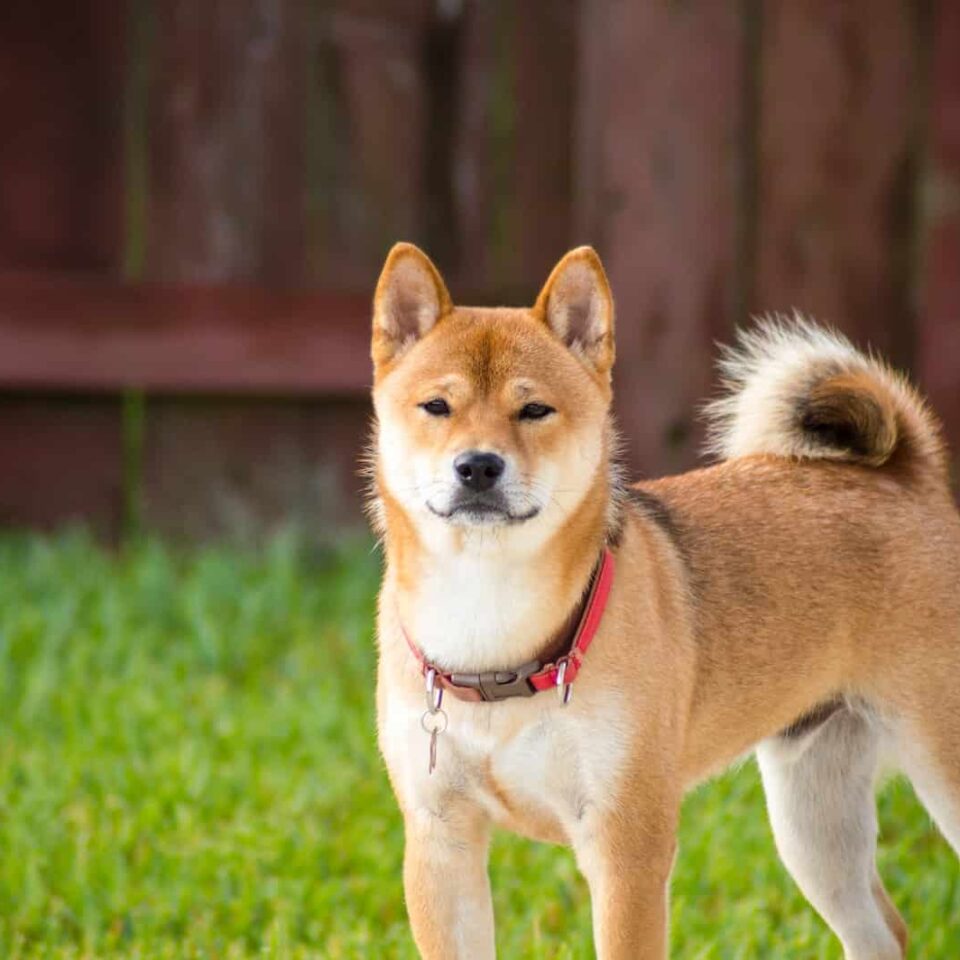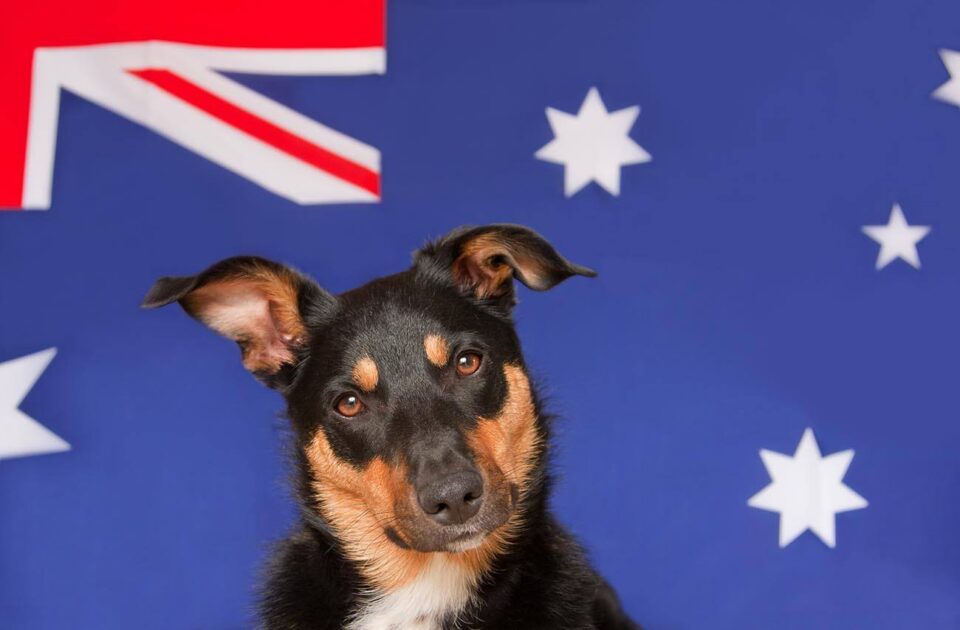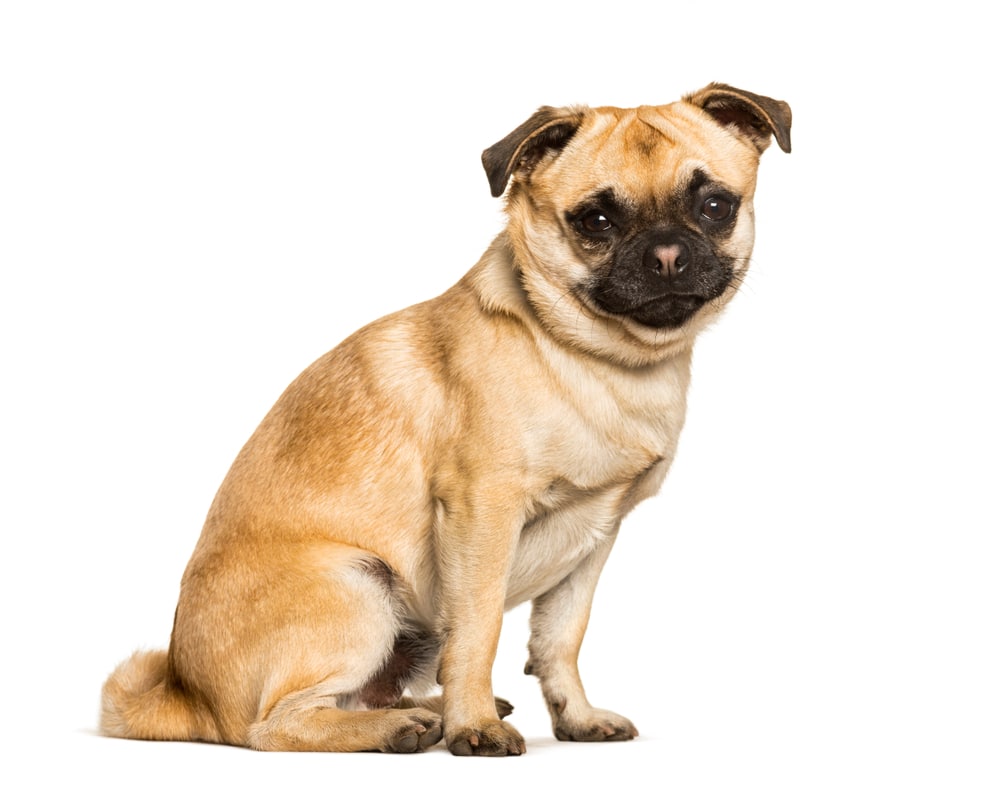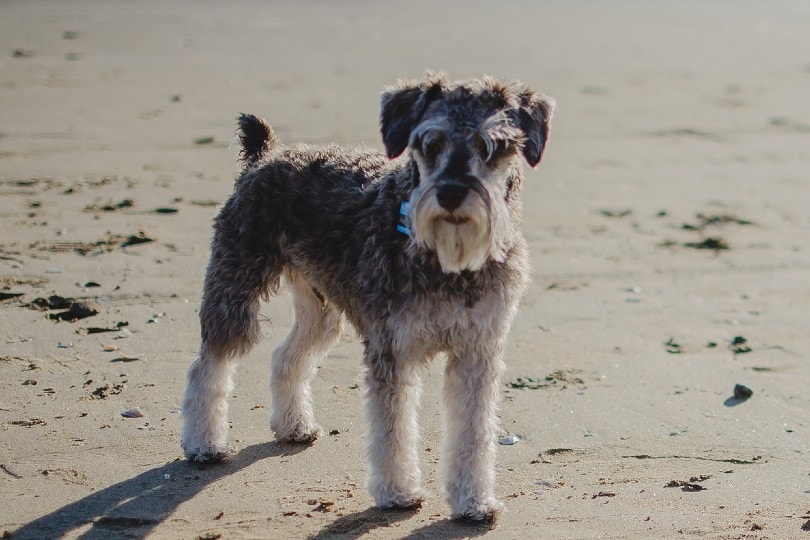Looking for a dog breed that’s both stunning and challenging? Let’s dive into the world of the Akita!
- The Akita is a large, independent, and loyal breed, making it a unique addition to any home.
- Originally from Japan, the Akita has a rich history dating back to ancient times.
- Known for their stubbornness, Akitas are not the best choice for first-time pet owners.
- These dogs are high-energy and require a lot of physical activity and mental stimulation.
The Akita is a breed that captures hearts with their stunning appearance, but owning one comes with its challenges. These dogs are fiercely independent and loyal, often forming strong bonds with just one person. Their larger size and striking looks make them appealing, but they aren’t the easiest to handle.
Standing between 24 and 28 inches tall and weighing between 70 and 130 pounds, the Akita is a sizable dog that requires an experienced owner. They come in a variety of colors, including black, fawn, red, white, and several combinations of brindle and overlay patterns. Their temperament can be described as loyal, independent, stubborn, loving, and wary.
Akitas have a high energy level, calling for physical and mental exercises to stay happy. A large, fenced-in yard and at least two daily walks of around 20-25 minutes each are recommended. Playing with them and keeping them active is key to managing their energy.
Training an Akita can be particularly challenging due to their stubborn nature. Consistency, positive reinforcement, and their favorite treats are essential. Each training session should be about 10-15 minutes long, with at least one session a day. It’s important to make the training enjoyable for them to avoid a battle of wills.
When it comes to grooming, Akitas are moderate shedders most of the year but “blow-coat” twice a year. During this time, daily brushing is necessary to manage the shedding. Regular dental care, nail trims, and overall hygiene contribute to keeping them in good health.
In terms of diet, smaller Akitas need about 4 cups of high-quality kibble daily, while larger ones may need up to 5.75 cups. The diet should be balanced and nutritionally complete to avoid future health issues.
Akitas tend to be healthier than many other breeds, but they can still be prone to cataracts, dental problems, hip dysplasia, hypothyroidism, and obesity. Choosing a reputable breeder can reduce the risk of these issues.
Historically, Akitas are from the mountains of Japan and are well-suited to cold climates. They were named a national treasure by the Japanese government in 1931. The breed isn’t very social and may not get along well with other pets or even multiple family members. They usually prefer to be the top dog, so careful consideration is needed before introducing them to a home with other pets.
While Akitas aren’t the most popular breed, they hold steady in terms of their appeal. They rank around the 55th most popular breed in the United States according to the American Kennel Club. Finding a breeder might require some effort, but it’s crucial to research and ensure the breeder provides a health guarantee for puppies.
In summary, while the Akita can be challenging, they are also highly rewarding pets for those who can handle their unique traits and needs.
Embrace the Akita’s unique charm if you’re prepared for the challenge—this breed’s loyalty and beauty make it worth the effort.










